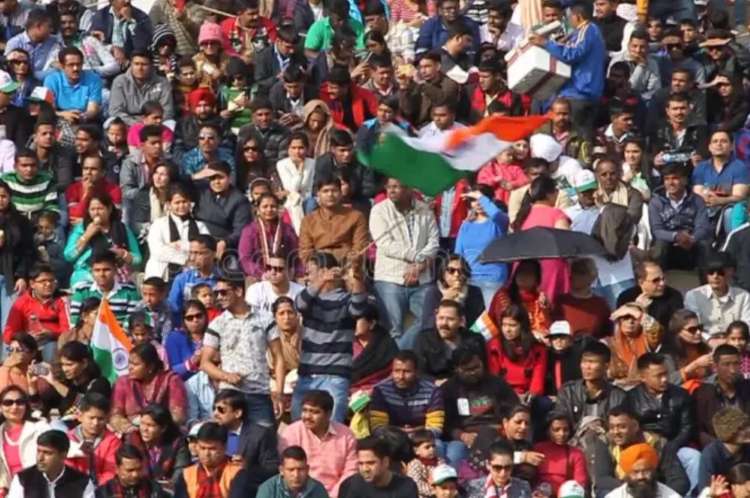In the fortnight since 26 tourists were massacred at Pahalgam and the sub-continent tottered on the brink of war, the silence at world capitals has been deafening—and it was not in India’s favour. When President Trump publicly claimed credit for brokering a “full and immediate cease-fire” on 10 May, India’s strategic autonomy suddenly appeared fragile. Yet this uncomfortable moment is best viewed not as a verdict on individuals responsible for the conduct of diplomacy, but as a catalyst for a comprehensive foreign policy reset.
Diplomacy is coalition-building: Very few capitals echoed India’s outrage after the Pahalgam killings. In the UN Security Council, where India lobbied for a presidential statement, China sat on its hands and the United States pleaded de-escalation. Even long-time partners in Paris and Canberra kept their counsel. The government’s answer has been to assemble bipartisan delegations of MPs and retired diplomats and dispatching them to explain India’s case in world capitals.
The decision to dispatch bipartisan delegations deserves applause. Far from signalling weakness, parliamentary diplomacy harnesses the legitimacy of 900 million voters, widening India’s diplomatic bandwidth at a time of heightened scrutiny. Countries from the United States to France routinely deploy legislators abroad; India’s choice to follow suit reveals maturity and confidence. Crucially, such outreach obliges opposition parties to put national interest above partisanship, reinforcing a unified message against cross-border terrorism.
READ I US-China trade truce can buy time, not trust
The Taliban gambit may not work
On May 16, external affairs minister S Jaishankar held the first-ever conversation between an Indian external affairs minister and the Taliban’s foreign minister. The spin is that this is strategic realism. The facts suggest strategic desperation. By dialling Kabul at the very moment Pakistan was pleading for Taliban help on its western frontier, New Delhi hoped to tweak Rawalpindi’s nerves. Yet every student of Afghan history knows that friendships in Kabul are rented by the month and settled in dollars, not forged in a single phone call.
Worse, India has no embassy, no aid footprint beyond a trickle of wheat and medicines, and no military lever in Afghanistan. China, by contrast, has already accepted a Taliban ambassador, drilled copper at Aynak and talked railways to Turkmenistan. We have arrived late to a crowded marketplace and produced only rhetoric. The Taliban, hungry for recognition and cash, will happily pocket Indian overtures even as they pursue Iran’s fuel, Russia’s grain, and Beijing’s chequebook.
Three pillars of a strategic reset
Operation Sindoor—the precision strikes of 7 May—proved that India can act swiftly. But lasting deterrence requires strong coalitions. In the UN Security Council, no western country backed Indian effort to corner Pakistan, and China blocked a firm statement. Across South Asia, “India Out” rallies in Malé, map disputes in Kathmandu, and infrastructure deals gone wrong in Colombo—all point to the need for sustained engagement, calibrated incentives and domestic restraint. New Delhi’s credibility in the neighbourhood—and by extension on the global stage—depends on demonstrating that India’s rise benefits the region, not just itself.
Credible deterrence: Punitive action must be paired with transparent escalation thresholds so adversaries understand India’s resolve and allies trust its judgement. Establishing a civil-military crisis-coordination cell that can brief partners in real time will reduce the risk of third-party mediation dictating timelines.
Alliance activation: The Quad, I2U2 and the India-EU Trade & Technology Council hold promise, but declarations must translate into joint ventures—semiconductor fabs, green-hydrogen corridors, reciprocal logistics—so partners have tangible stakes in India’s stability.
Narrative management: Future flashpoints will be won or lost as much in the information domain as on the battlefield. Satellite imagery, forensic evidence of terror finance and rapid digital outreach should replace sepia-tinted speeches and reactive briefings.
Re-imagining India’s foreign policy
A modern foreign policy cannot run on a mid-twentieth-century staffing model. Lateral entry of experts in technology, trade law and data analytics is essential. Coordination—rather than centralisation—must be the mantra, tapping state governments, business chambers and diaspora networks as complementary channels of influence.
India needs to institutionalise parliamentary diplomacy. It should convert the current MP delegations a standing mechanism—an annual “India Dialogue” rotating across regions to harvest bipartisan insights and report back to Parliament.
The government must link markets to security. It should offer neighbours generous credit lines for renewable projects but tie them to transparent governance standards and counter-terror guarantees.
The most important step is to accelerate defence indigenisation. The country must reduce supply-chain vulnerability by expanding domestic production and co-development with trusted partners.
Need for a strategic reset
Over the past decade, foreign policy has become raw material for electioneering—air strikes are recast as campaign talking points, muscular slogans substitute for measured diplomacy, and neighbours are too often reduced to caricatured adversaries on prime-time television. This high-decibel rhetoric may energise domestic voters, but it also hardens suspicions in Colombo, Dhaka, Kathmandu and Malé, where publics watch Indian media with growing unease.
When every crisis is brandished as proof of moral supremacy rather than approached as a shared regional challenge, the trust deficit widens and the space for quiet compromise shrinks. A strategic reset therefore requires not only new policies but a new tone—one that weighs electoral gains against long-term neighbourhood stability.
Prime Minister Modi often reminds us that “the world is watching.” It sees a nation of rising economic heft, tested by regional turbulence and global power realignments. The current moment demands neither scapegoats nor triumphalism, but sober reflection and collective resolve. By empowering Parliament, engaging new interlocutors in South Asia, and grounding rhetoric in data-driven strategy, New Delhi can convert a period of unease into a springboard for renewed leadership.
A reset is not an admission of failure; it is the hallmark of a self-correcting democracy. If India acts now—broadening its diplomatic chorus, embracing pragmatic partnerships, and aligning word with deed—it will emerge from this crisis stronger, more respected and better prepared for the challenges ahead.

